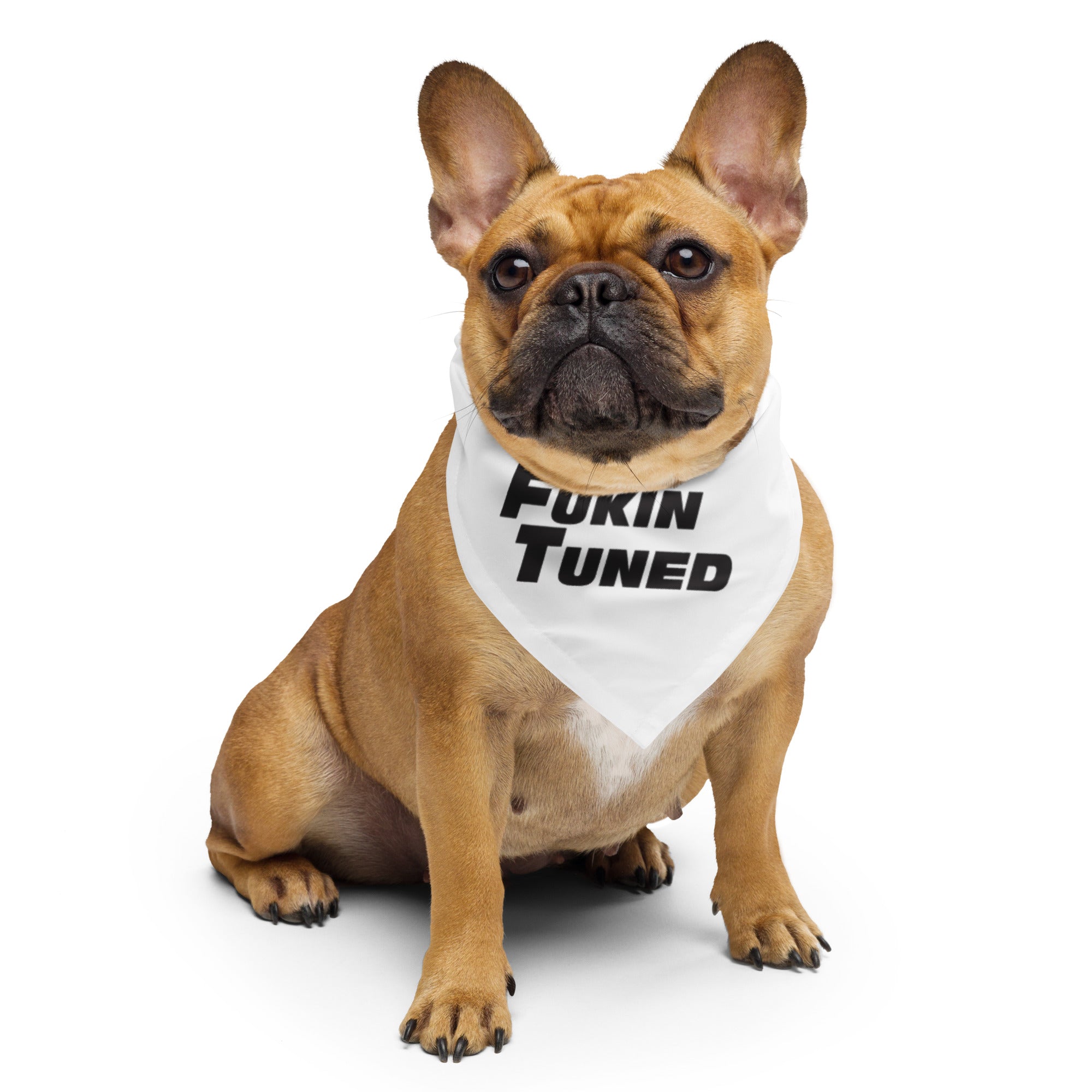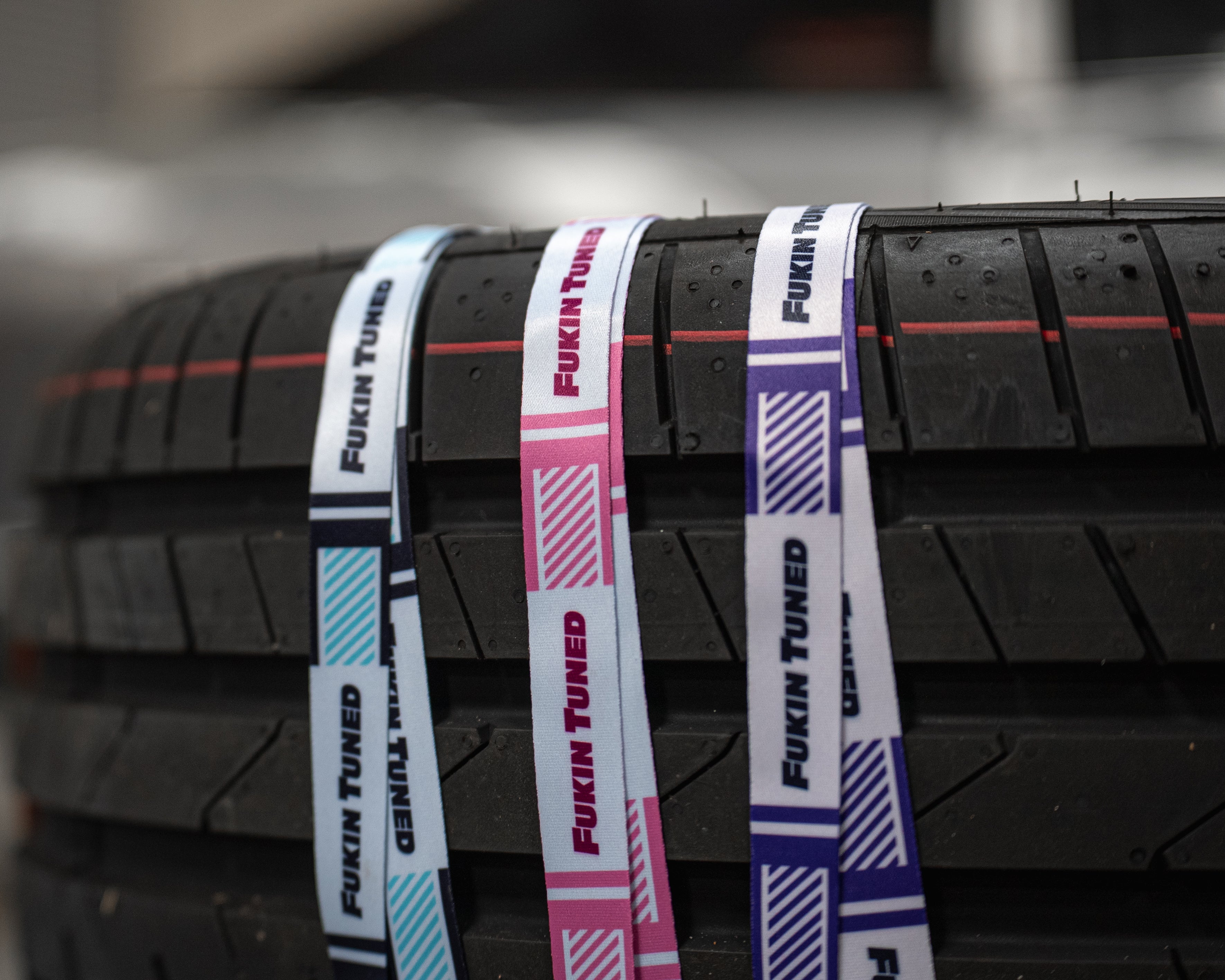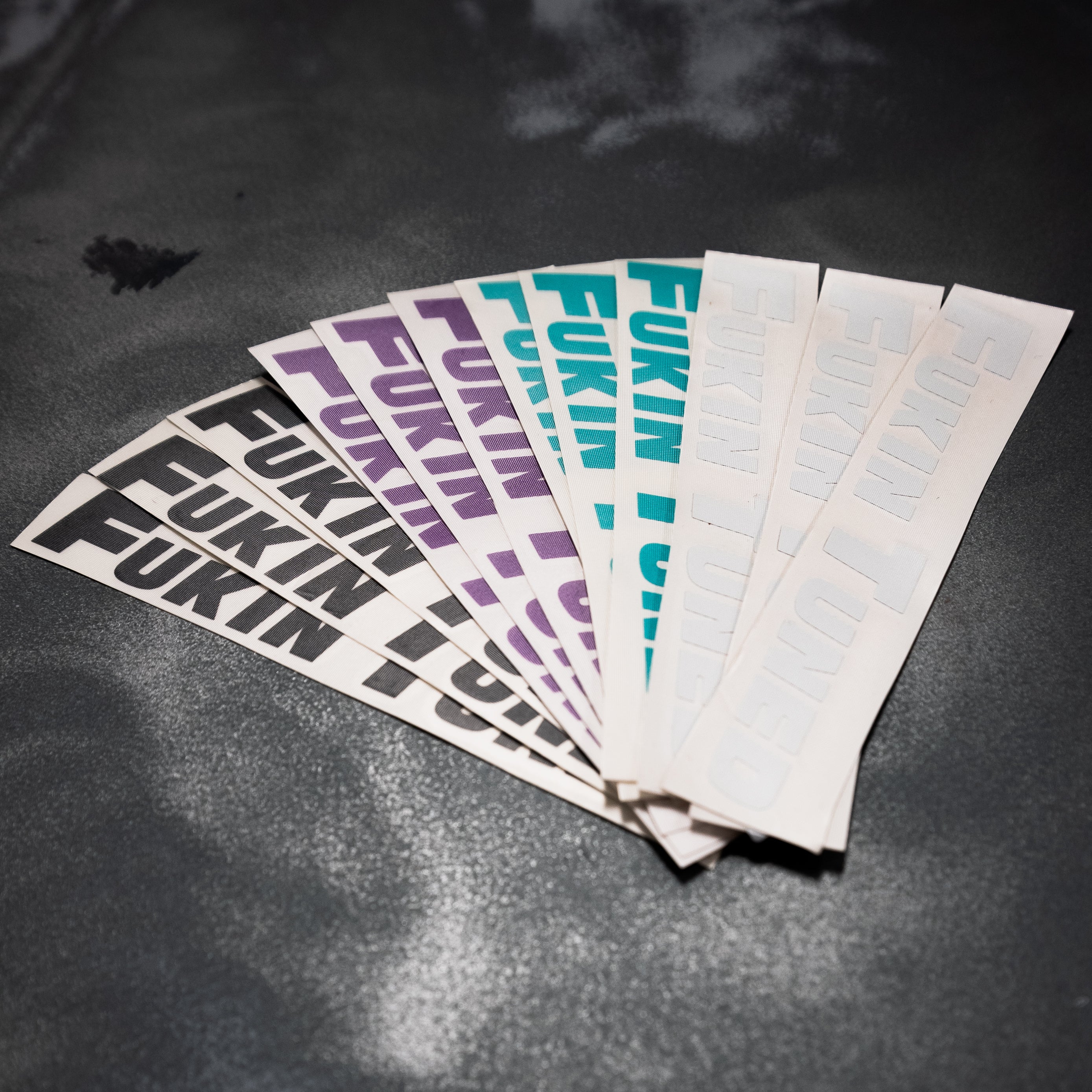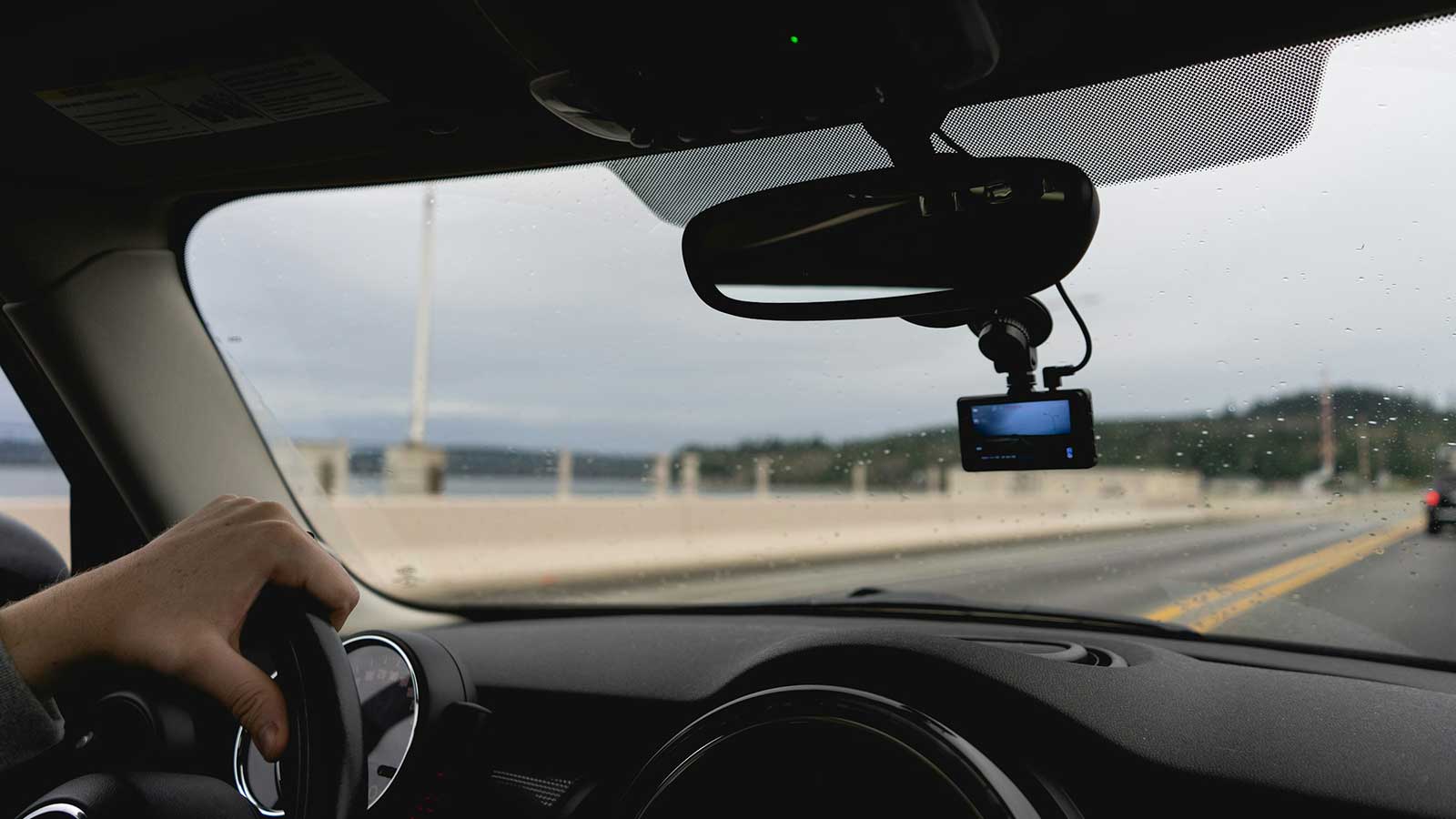Cover photo by Nicole Logan
There’s a reason dash cams are blowing up lately. It’s not just about catching cool road footage; it’s about protection (but you can still get cool road footage, though). A dash cam can save you thousands in insurance claims, record hit-and-runs, and even help prove your innocence when things go south.
Still, buying one can get confusing pretty fast. There are hundreds of models, tons of features, and price tags that range from $80 to $500. So, let’s make it simple. Here’s a real-world dash cam buying guide that cuts through all the noise.
Why A Dash Cam Is A Must
A dash cam is a small camera that records everything happening in front of (and sometimes around) your car. Accidents, traffic stops, road rage…it’s all recorded. You can even use it to capture scenic drives or protect your car when it’s parked. A good dash cam pays for itself the first time something unexpected happens.
Choosing The Right Setup
When shopping, the first thing to figure out is how much coverage you actually need.
Single Channel Dash Cam: Records only the front view. Best for drivers who just want basic protection or have a temporary vehicle.
Dual-Channel Dash Cam: Records front and rear. This setup is the sweet spot for most people and gives you complete coverage on the road.
Triple-Channel (or More) Dash Cam: Adds an interior view, often with infrared for rideshare drivers. Some go even further with side views, but that’s more for enthusiasts or fleet setups.
If you’re unsure, start with a dual-channel. It covers 95% of what you’ll ever need.
What is Dash Cam Parking Mode
One of the most underrated dash cam features is parking mode. It keeps recording (or wakes up to record) when it detects movement or impact, even if your car is off. That means if someone backs into your bumper or tries to mess with your car while you’re away, you’ll have it all on video.
Just know that parking mode needs constant power. You can run it using:
-
A hardwire kit connected to your fuse box
-
An OBD cable (if your car supports it)
-
Or a dedicated dash cam battery pack
Want Full Protection When Parked? Get Fn Tuned!
Fn Tuned’s Anti-Theft feature is the perfect additional vehicle security, and it complements your dash cam’s parking mode. With the Anti-Theft mode, you can completely disable the throttle pedal, so your throttle response controller becomes a seamless killswitch. Even if someone breaks in and somehow starts your car, they won’t be going anywhere. And yes, your dash cam will catch every second of it.

Fn Tuned's Anti-Theft runs on a subscription, but you can try it for free for 14 days. After that, it’s just $0.99 a month or $9.99 a year. That’s a small price for total parking protection.
What To Look For In A Dash Cam
You don’t need to overcomplicate it. Focus on these essentials:
Video Quality
Full HD (1080p) is the bare minimum. 2K or 4K looks sharper but eats up more storage. The newer Sony STARVIS sensors give clearer night vision, which helps in hit-and-run situations.
Power Source
Always choose a supercapacitor-powered dash cam, not a lithium-battery one. Capacitors handle heat better, especially in hot states like Texas or Arizona.
GPS and Speed Data
Built-in GPS helps prove when and where something happened. Some insurance companies won’t even accept footage without it.
Wi-Fi or Cloud
Wi-Fi lets you review and download footage from your phone. Cloud systems automatically upload clips, which is perfect if someone steals your camera or damages your car.
Brand Reputation
Reliable dash cam brands include VIOFO, Thinkware, BlackVue, FineVu, and Garmin. You’ll find cheaper options on Amazon, but those usually lack warranty support and fail sooner.
How Much Should You Spend?
Skip the cheap AliExpress knockoffs. They might work for a few months, but you’ll regret it when the footage corrupts during an accident.
A solid dash cam setup starts around $100 - $150 for a good front unit and about $250+ for dual-channel front and rear. The extra cost gets you better sensors, better build quality, and a longer lifespan.
If you drive for Uber or Lyft, or you park on city streets often, it’s worth investing in a premium system that supports interior footage, parking mode and Cloud backup.
Storage Options
Your dash cam is only as good as its memory card. Always buy high-endurance microSD cards. They’re built for continuous writing and overwriting. Regular cards will fail faster with too much overwriting.
Here’s a quick breakdown of how much storage you need for your individual needs:
-
32GB: 3 to 4 hours of footage
-
64GB: 6 to 8 hours of footage
-
128GB: 12 to 16 hours of footage
If you use parking mode, go bigger. Reformat your card every few months to keep it healthy.
Installation is Easier Than It Sounds
Installing a dash cam is actually easier than you’d think. Most setups are quick, clean, and beginner-friendly, so you don’t need an electrician's degree.
Plug-and-Play: The easiest option. Just plug the dash cam into your 12V socket, run the cable neatly along your headliner, and that’s it. Many dash cams are true plug-and-play. The catch is the parking mode won’t work with this method if your cam is equipped with one. It’s better for drivers who don’t need around-the-clock protection.
Hardwire Kit: Hardwiring is the way to go if you want 24/7 coverage with parking mode and a totally integrated install. Hardwiring a dash cam means connecting it directly to your car’s fuse box, giving your dash cam constant power from your car’s battery without messy cords dangling everywhere. You can DIY with a little patience or have a pro handle it in under an hour. Any accessory or car audio shop can handle the installation.
Temperature and Battery Myths
Dash cams get warm, and that is perfectly normal. They run for hours nonstop. Most premium models have built-in temperature protection to keep them safe. To be safe, though, avoid parking directly in the sun, and choose brands known for heat resistance like Thinkware and BlackVue.

Photo by Xingye Jiang
And no, a properly wired dash cam won’t drain your battery. It uses very little power, about the same as a dome light.
Legal Stuff And Insurance
Dash cams are legal across the US and Canada. Just avoid recording in restricted government areas or at border crossings without permission. Installing a dash cam won’t void your car warranty, either. Federal law protects you from that.
As for insurance, most companies don’t offer direct discounts for having one, but a dash cam can help you avoid premium increases by proving you weren’t at fault. That’s money saved, but unfortunately, after an incident happens.
Wrapping Up
A dash cam isn’t just a gadget. It’s your backup when things go wrong. Whether you’re protecting yourself from false claims or just capturing the open road, the right setup makes all the difference.
Spend wisely, install it clean, and check your footage once in a while. Because when that one moment happens, your dash cam might be the only witness that never blinks.











